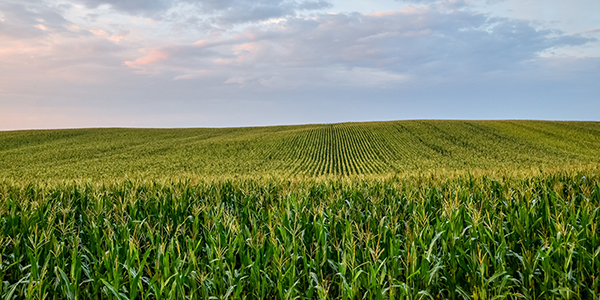AGRONOMICSUPPORT
YOU CAN TAKETO THE FIELD
Will That Late Season Fungicide Pass Payoff?
With most of the corn and soybean planting being delayed in the spring of 2019 due to excessive moisture, a lot of crops are behind normal schedule. This delay may have caused some late season disease problems that haven’t been relevant in the past. So, should I have made that late season fungicide application and will it payoff?
There are three key components to evaluate whether there is a disease potential. First, there must be a pathogen capable of producing a disease present. Second, the host plant must be susceptible, and lastly the weather conditions must be perfect for the infection to occur. If any one of these three are missing, then the infection may not occur or may occur at level that won’t affect yield. Take Frog Eye Leaf Spot in soybeans or Gray Leaf Spot in corn; if you planted a variety or hybrid that has a defense package bred into it, then the application may not payoff.
Most crops lose more yield when infected prior to grain fill and yield loss is typically reduced the later the infection occurs. In a normal year, crops are much closer to maturing by now. However, this year with the lack of growing degree days, corn and soybean development is two to four weeks behind normal schedule.
Fungicide application is going to be most effective on hybrids or varieties that are lacking a defense package for a specific disease. Just as a guideline, check to see if the variety or hybrid is susceptible, scout the fields early, then determine the amount of disease present. Once the field has been scouted determine how much potential yield there is based off when the crop was planted. Lastly, look at what the fungicide application cost will be and the grain market price per bushel and consider how many acres are affected.
References and additional information:
- https://coolbean.info/wpcontent/uploads/sites/3/2019/02/2019_Soybean_Benchmarking_ReviewFinal.pdf
- https://extension.umn.edu/growing-soybean/early-fall-frost-and-soybean
- https://extension.purdue.edu/fieldcroppathology/2019/05/22/how-bad-will-crop-diseases-be-in-2019-with-all-of-the-delayed-planting/






Technical Team Agronomist